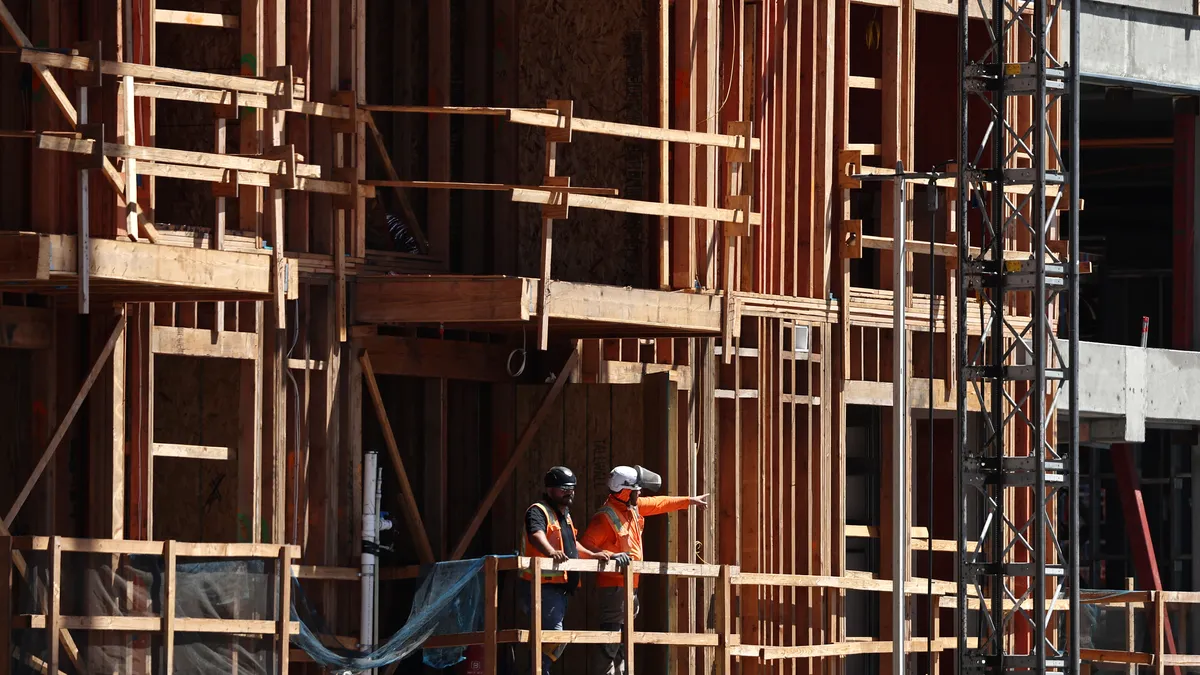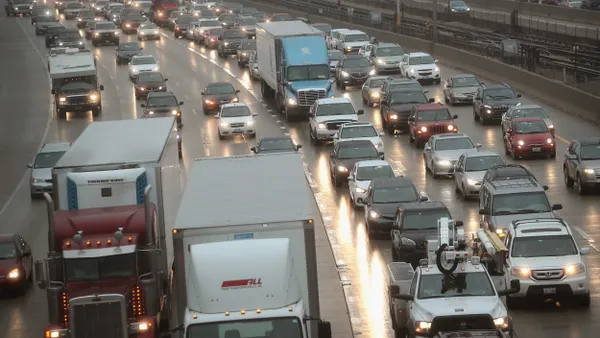Dive Brief:
- The White House detailed its approach to expand broadband access, especially to rural areas, through its multi-agency American Broadband Initiative (ABI). The report was led by Agriculture Secretary Sonny Perdue and Commerce Secretary Wilbur Ross.
- Under the strategy, the US Department of Agriculture (USDA) will spend $600 million on rural broadband projects. Additionally, other agencies will take steps to streamline permitting and deployment, such as a Department of Interior plan to publicize information about towers on federal land that will be available to service providers to install equipment.
- In a letter accompanying the ABI report, Perdue and Ross emphasized streamlining government rules that would allow for more private sector work. “To be clear, while the government serves an important role,” they wrote. “We strongly believe that nothing creates innovation more effectively than unleashing the free market economy from burdensome government regulations.”
Dive Insight:
Expanding rural internet access has long been a priority for Congress and President Donald Trump's administration, with it making up a key part of his first infrastructure proposal, which ultimately failed to move forward.
A January 2018 report from a federal task force on agriculture and rural prosperity identified the "expansion of high-speed, high-capacity internet" as a "key infrastructure priority,” and a U.S. Census Bureau analysis of American Community Survey data showed that rural counties had the lowest rate of broadband subscriptions (although some urban areas are dealing with their own digital divide). There’s hope that the new Democratic-controlled U.S. House of Representatives could revive some sort of infrastructure plan that would include investment in rural broadband.
The White House’s ABI is focused largely on reducing barriers through streamlining federal approval or giving the private sector more tools to deploy broadband in under-connected areas (notably, some companies like Microsoft and Facebook having been exploring their own strategies to reach rural areas). That includes a planned guide from the National Telecommunications and Information Administration (NTIA) that it says will provide a “single location for information on Federal permitting of broadband infrastructure.” The General Services Administration (GSA) will also revise its application form for permit requests and offer regular updates on existing and pending permits.
That’s on top of the USDA’s Rural e-Connectivity Pilot Program (ReConnect), which will leverage $600 million in grants and loans — to be distributed in 2019 — to help utilities and companies expand their scope.
The emphasis on the private sector mirrors the government’s approach to 5G, where the White House has said it will step aside and let companies take the lead on deployment. The logistical challenges and lack of a dense customer base have kept most companies away from rural areas, so there are questions about how much the federal government can do without direct intervention. But as more technology — including 5G and better satellite offerings — come on line, companies may have increasing options to reach rural customers.










